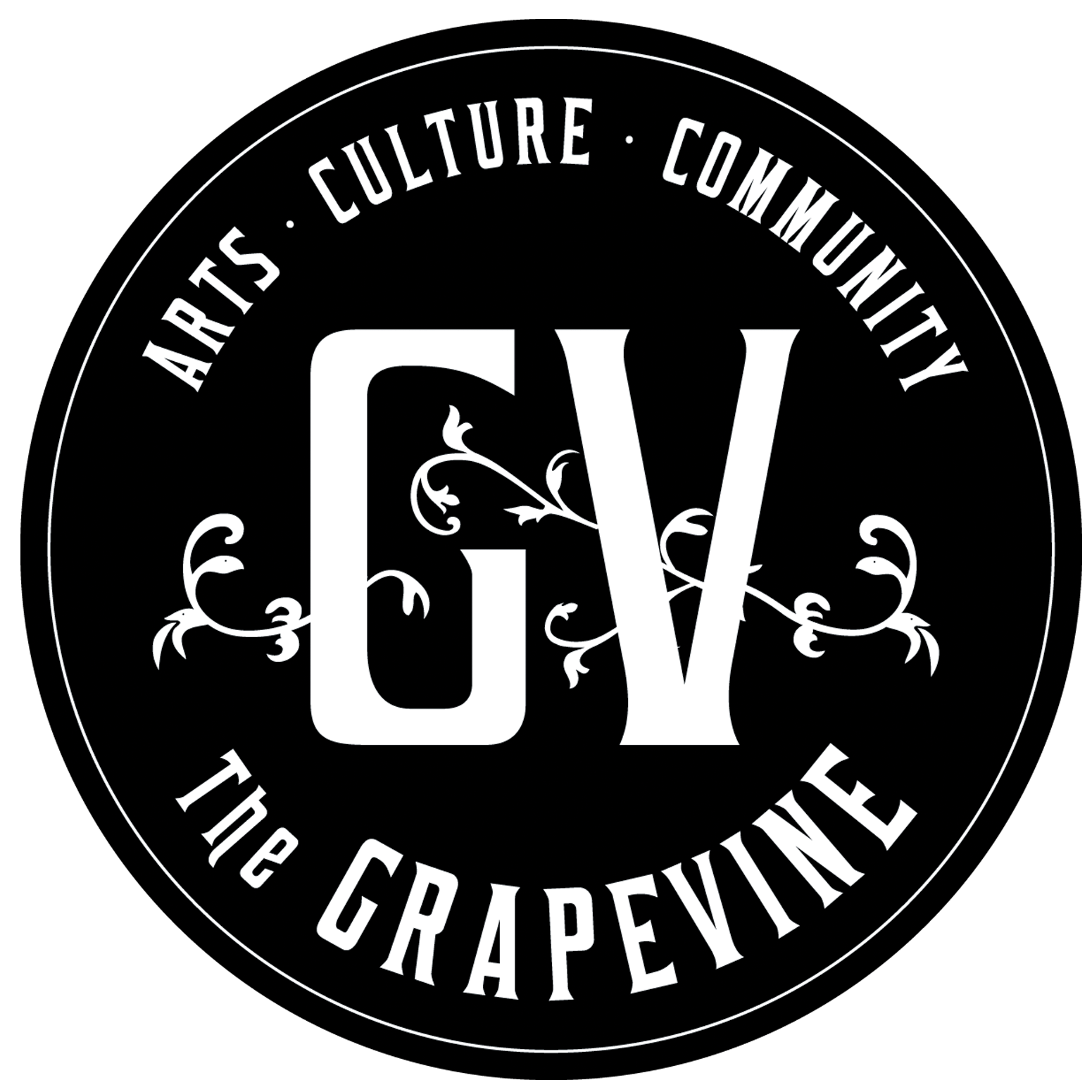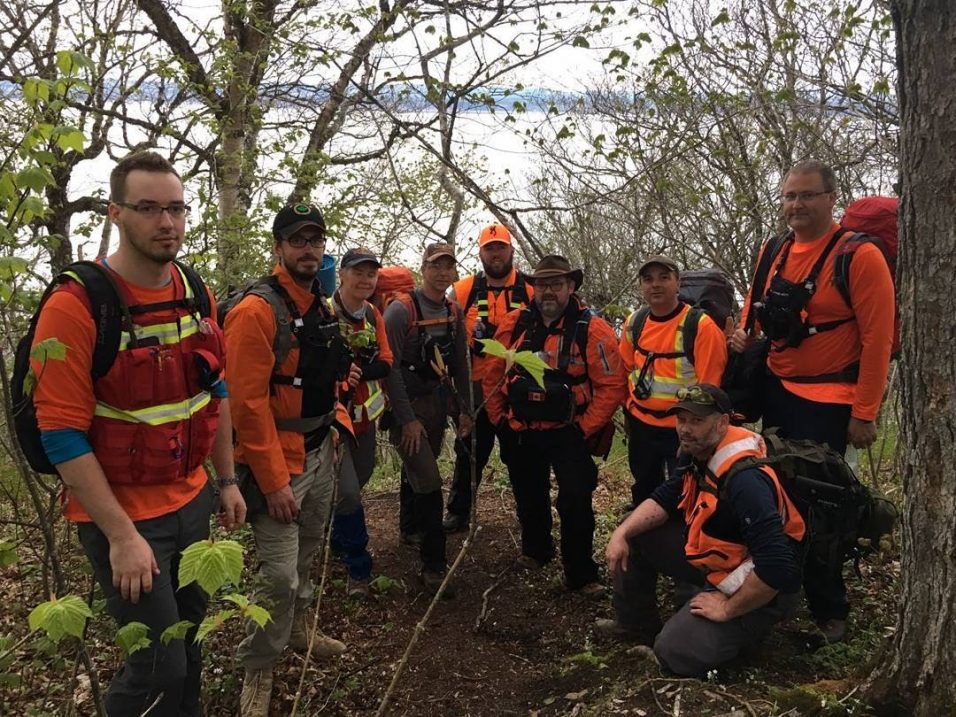Heroes in Orange:Â The Story of Valley Search and Rescue
By Genevieve Allen Hearn
Â
I was familiar with the bright orange Valley Search and Rescue (VSAR) vehicles and understood that there was a group of committed volunteers that helped to keep Kings County a safe place. But like most, I wasn’t entirely sure what role VSAR played in emergencies that involved lost persons.
I reached out to Ashley Perry, President of VSAR to learn more. He joined the team eight years ago after they rescued him and a friend on an ill-fated camping trip at Cape Split. Ashley explained, “We were poorly equipped, and had not known that there was some very bad weather coming in. There was a blizzard overnight, and the next morning we weren’t able to find the trail and were getting exhausted walking through the deep snow. We realized we had to call for help, and it was Valley Search and Rescue that came and got us. It was this experience that helped me realize how it feels when you are in a situation that is out of your control and you really need some help.
Valley Search and Rescue has been in existence for almost fifty years in Kings County. It was formed in 1971 when local citizens recognized there was a need for an organization to search for lost or injured persons in wilderness settings. “Up until then, if a search was called it was led by the fire department and whatever volunteers showed up to help from the local area.†The team built its former base at the Waterville Airport in 1976, and relocated to its current home in Kentville in 2013.
I wanted to know what was involved in becoming a VSAR volunteer. Ashley explained that there is an introductory course that provides an overview of search and rescue techniques, expectations, and considerations such as safety and legality. Then volunteers-in-training are led through core modules that teach competency in such things as navigation, GPS, radios, safety, survival, and using a map and compass. Some searchers then move on to team leader training, and further develop their competencies and leadership skills so that they can lead a group in the wilderness. There are also teams that receive specialized training, such as in the operation of amphibious vehicles, metal detectors, or forward-looking-infrared-cameras. Others train with dogs for the canine team. I learned that volunteers must meet international standards of training in such things as Incident Command and Lost Person Behaviour. There are currently 80 volunteers at VSAR but not all of them are searchers. There are also volunteers that help with food services, operating computers, driving the vehicles, and other such tasks that contribute to the search effort.
Once trained and ready to volunteer, searchers are on call 24 hours a day, 365 days a year. “We respond in any and all weather conditions whenever we are needed. Typically we get about 8 to 12 calls a year, although this can vary and sometimes they come in bursts.†Often volunteers in Kings County are called to assist one of the other 23 search and rescue teams across the province.
I learned that search and rescue teams are the only resource to respond when someone is lost or injured in the woods. Besides wilderness searches for lost persons, VSAR also assists police forces with evidence searches and are a resource to the municipality in times of natural disasters or civil emergencies. Going above and beyond the call of duty, VSAR was instrumental in bringing Project Lifesaver to Nova Scotia. Project Lifesaver is a non-profit organization dedicated to assisting caregivers with the challenge of caring for loved ones who suffer from Alzheimer’s disease, autism, or any other causes of wandering or bolting behaviour.
Of course, I couldn’t end my conversation with Ashley without asking for a good rescue story. Here’s what he had to say: “After you’ve been in Search and Rescue for a while you’ve heard lots of stories, and have some of your own. There was the fellow who came upon a search team and joined up with them to help them on the search, only to find out later he was the one they were searching for. Of course, there’s the story about how the president of VSAR got rescued from Cape Split. The best stories, though, are the ones you make every time you go on a search. The story about how someone was lost and cold in the woods, and afraid for their life, and then you found them and got them out safe. Those are the stories we go back for again and again.â€
Interested in joining the group of heroic volunteers? Contact Valley Search and Rescue at valleysar@sarnovascotia.com.

